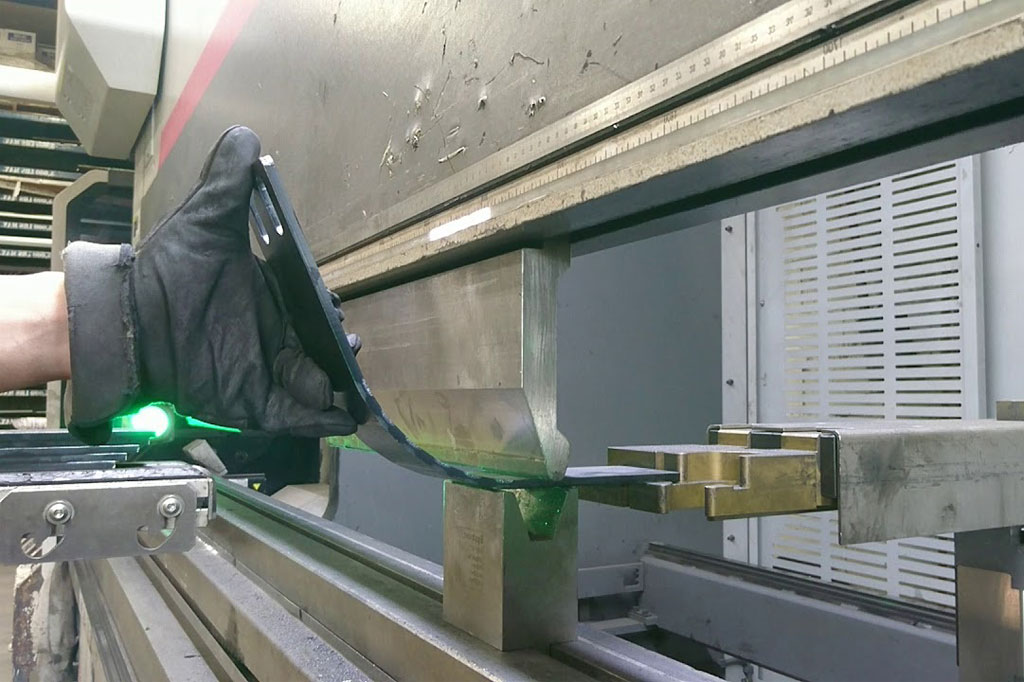Sheet metal bending is a fundamental process in metalworking, used to shape and form sheet metal into various angles and configurations.
The process can be classified into different types based on the bending techniques used and the resulting shapes produced.
In this article, we will delve into these classifications, highlighting the different bending techniques and shapes commonly employed in sheet metal fabrication.
By Bending Techniques
Bending techniques refer to the various methods used to shape sheet metal by applying force to create bends. These metal bending techniques include air bending, bottom bending, coining bending, and rotary bending. Below, we will dive into each of these bending techniques.
1. Air Bending
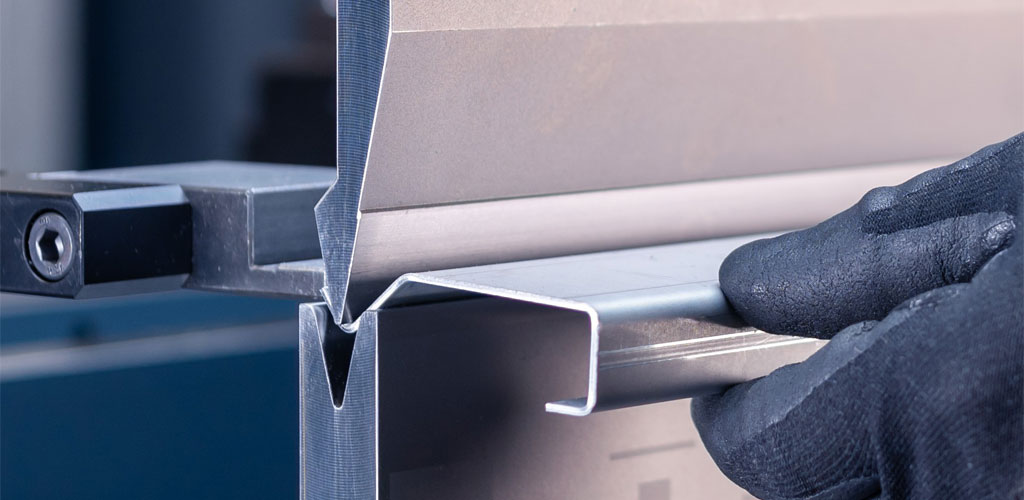
Air bending is a widely used bending technique in sheet metal fabrication. In this method, the sheet metal is bent by applying force to a punch that creates a gap between the workpiece and the die. The metal is bent at the point of contact, but the bend does not entirely rest on the die. Instead, the metal “floats” above it, hence the term “air bending.”
It is versatile and is suitable for making shallow or deep bends in a wide range of sheet metal materials. It works well for producing angles in low to medium volume runs, offering fast processing times with minimal tooling requirements.
Pros | Cons |
|
|
2. Bottom Bending
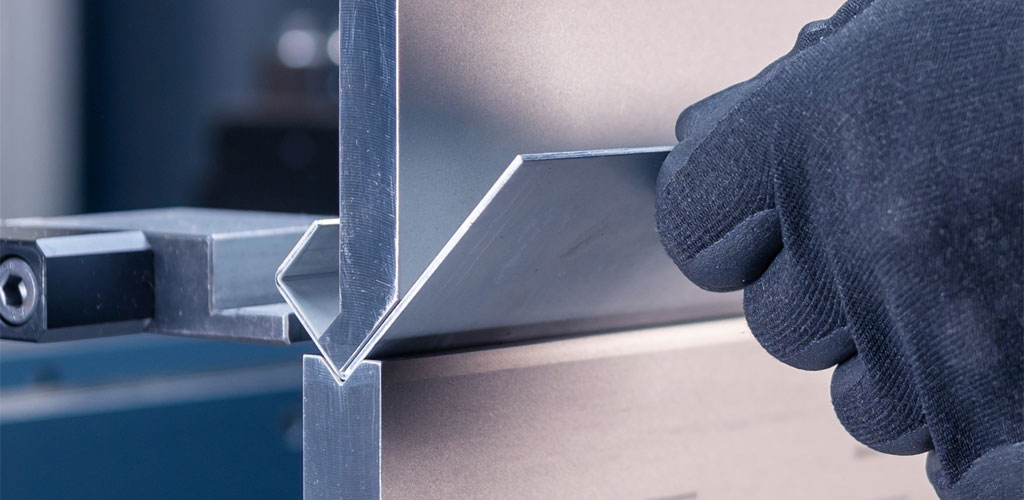
In bottom bending, the workpiece is placed over a die that has the desired bend angle. A punch is then used to force the metal into the die, which causes it to bend around the die’s shape. This method results in the sheet metal being pressed entirely into the die, unlike air bending.
It is ideal for producing more accurate and consistent bends, particularly for complex and precise applications. It is used for both shallow and deep bends when a high level of repeatability is required.
Pros | Cons |
|
|
3. Coining Bending
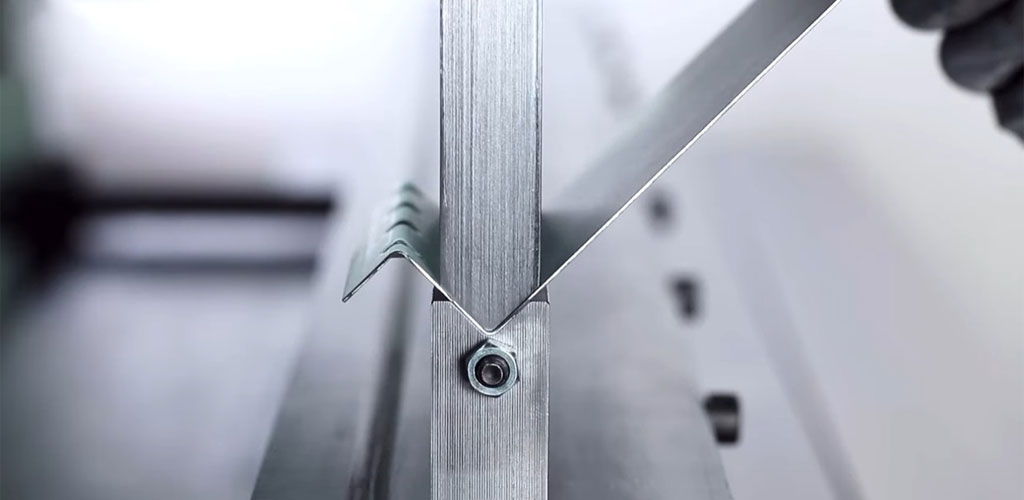
Coining is a more precise form of bending, where the sheet metal is compressed into the die using a high force that causes it to “coin” into the desired shape. The process can be compared to stamping, as the metal is compressed beyond its elastic limit, resulting in highly accurate bends.
It is commonly used for materials that are difficult to bend using other techniques, like thicker metals or those requiring tight tolerances. It is ideal for parts where precision is critical, such as aerospace or automotive applications.
Pros | Cons |
|
|
4. Rotary Bending

Rotary bending involves rotating the sheet metal around a rotating tool or a die to form a bend. It differs from other bending techniques in that it uses a rotating motion rather than a straight punch or press.
It is most often used for bending parts with circular shapes or when working with large, thin materials. It is ideal for tasks where a continuous bend is required, such as in the production of pipes or tubular parts.
Pros | Cons |
|
|
By Bending Shapes
Bending shapes describe the different forms that sheet metal can be bent into during fabrication. Common shapes include the V-bend, U-bend, Z-bend, hem bend, and roll bend.
1. V-Bend
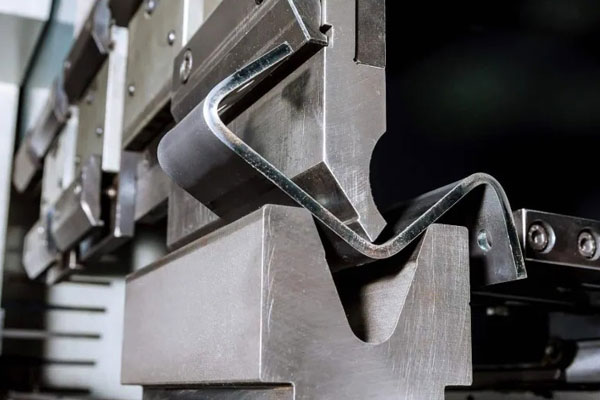
The V-bend is one of the most common types of bends in sheet metal fabrication. It is formed by bending the metal into a “V” shape, typically at a 90° angle.
V-bends are widely used in manufacturing parts such as brackets, channels, and structural elements. It is especially effective in creating bends in relatively thick materials, where precision and strength are important.
Pros | Cons |
|
|
2. U-Bend
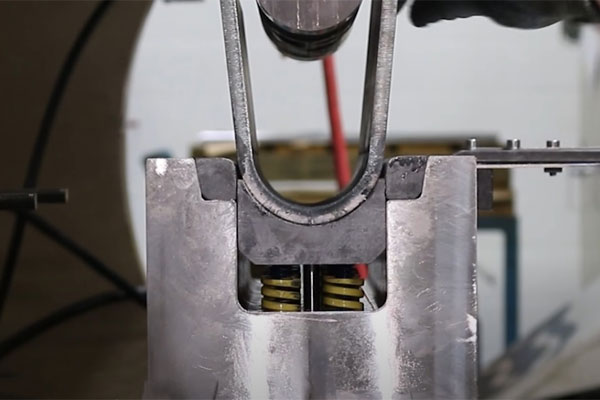
The U-bend is a similar shape to the V-bend but is characterized by a more gradual, curved transition at the bend, creating a “U” shape. This shape offers a more even distribution of stress across the bend.
U-bends are used in applications where the bend must distribute stress evenly, such as in pipe fabrication or components requiring a smooth, rounded bend.
Pros | Cons |
|
|
3. Z-Bend
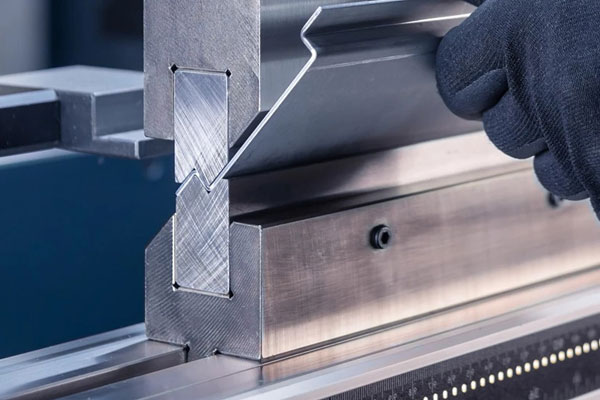
The Z-bend is a more complex bending process that results in a “Z” shape, which can be used to create parts with multiple bends along a single piece of sheet metal. This shape is typically used when the part must change direction at different points along its length.
Z-bends are commonly found in structural applications or complex assemblies, such as framing or support systems.
Pros | Cons |
|
|
4. Hem Bend
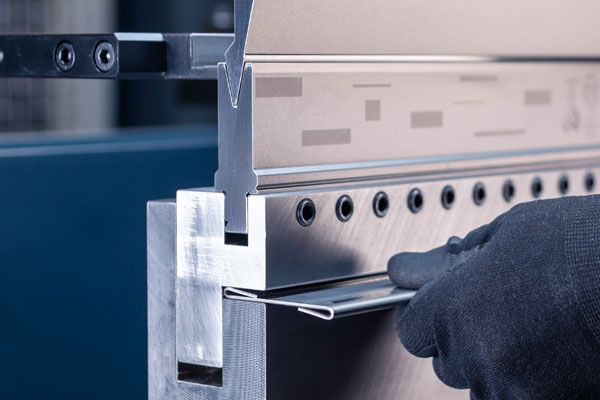
A hem bend is created by folding the edge of a sheet metal piece back onto itself, forming a double-over edge. This technique strengthens the edges of the sheet metal, providing increased stiffness and a smoother finish.
Hem bends are typically used in cases where a clean, smooth edge is needed, such as in the manufacturing of appliance panels, automotive parts, or HVAC ducts.
Pros | Cons |
|
|
5. Roll Bend
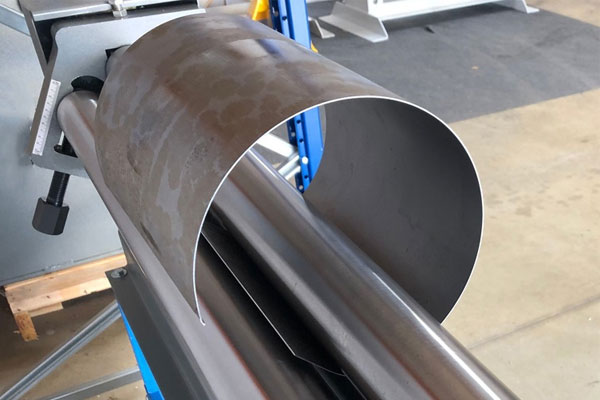
The roll bend is a gradual bending process that uses a set of rollers to form a smooth, continuous curve along the length of a sheet metal piece. Unlike other bending methods, roll bending does not involve sharp angles and instead forms a smooth arc.
Roll bending is ideal for creating cylindrical or conical shapes, such as pipes, ducts, and tanks. It is especially useful for working with larger, thinner sheets of metal.
Pros | Cons |
|
|

